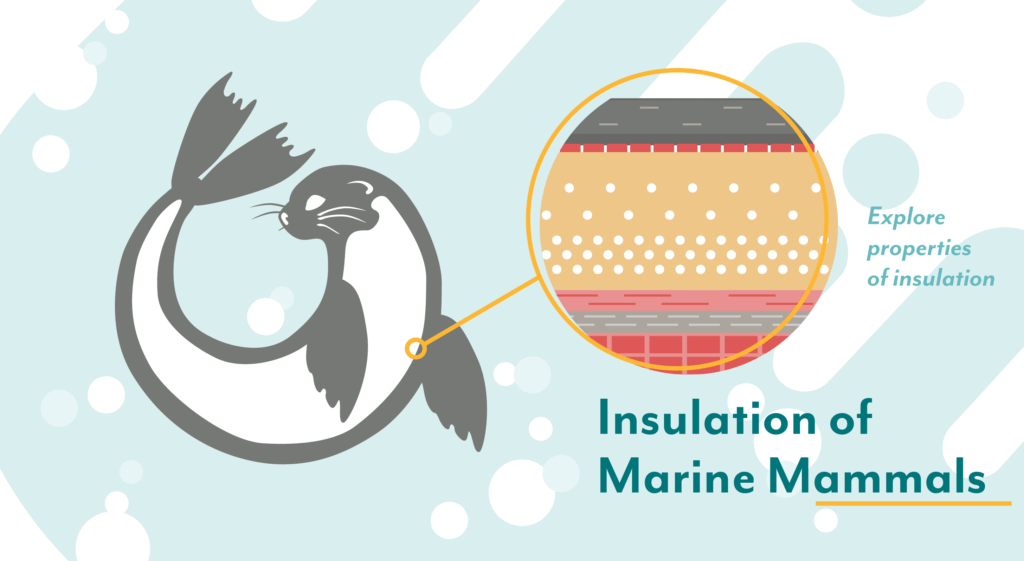Studying comparative ecology is an excellent way to explore adaptation and evolution. Mammals and birds are endotherms; they regulate their internal body temperature using metabolic processes. Most other vertebrates are ectotherms, maintaining their body temperature through external sources.
Many species of ectotherms are limited to a narrow temperature profile. For example, most aquatic reptiles are limited to tropical waters, and most fish are confined to a narrow temperature range. In contrast, marine mammals have derived characteristics that make it possible for them to maintain their body temperature in different water temperatures. Blubber and fur are two adaptations that provide insulation to marine mammals.

Exploring the Properties of Insulation
Vegetable shortening and bubble wrap can mimic blubber and fur. Vegetable shortening has a much lower thermal conductivity than water, so its thermal properties make it analogous to blubber. Bubble wrap is a cheap and accessible material to use as a stand-in for fur or hair, and it is composed of numerous pockets of trapped air, so its thermal properties should resemble the fur of a polar bear or sea otter.
Students can simulate the insulating properties of blubber and fur with the Go Direct® Surface Temperature Sensor and our free Graphical Analysis™ 4 app. In this experiment, the sensor attaches to a gloved hand while the students apply different insulating materials, such as vegetable shortening or bubble wrap, to that gloved hand. Students then determine the temperature change over time by submerging their gloved hand into ice water during data collection.

